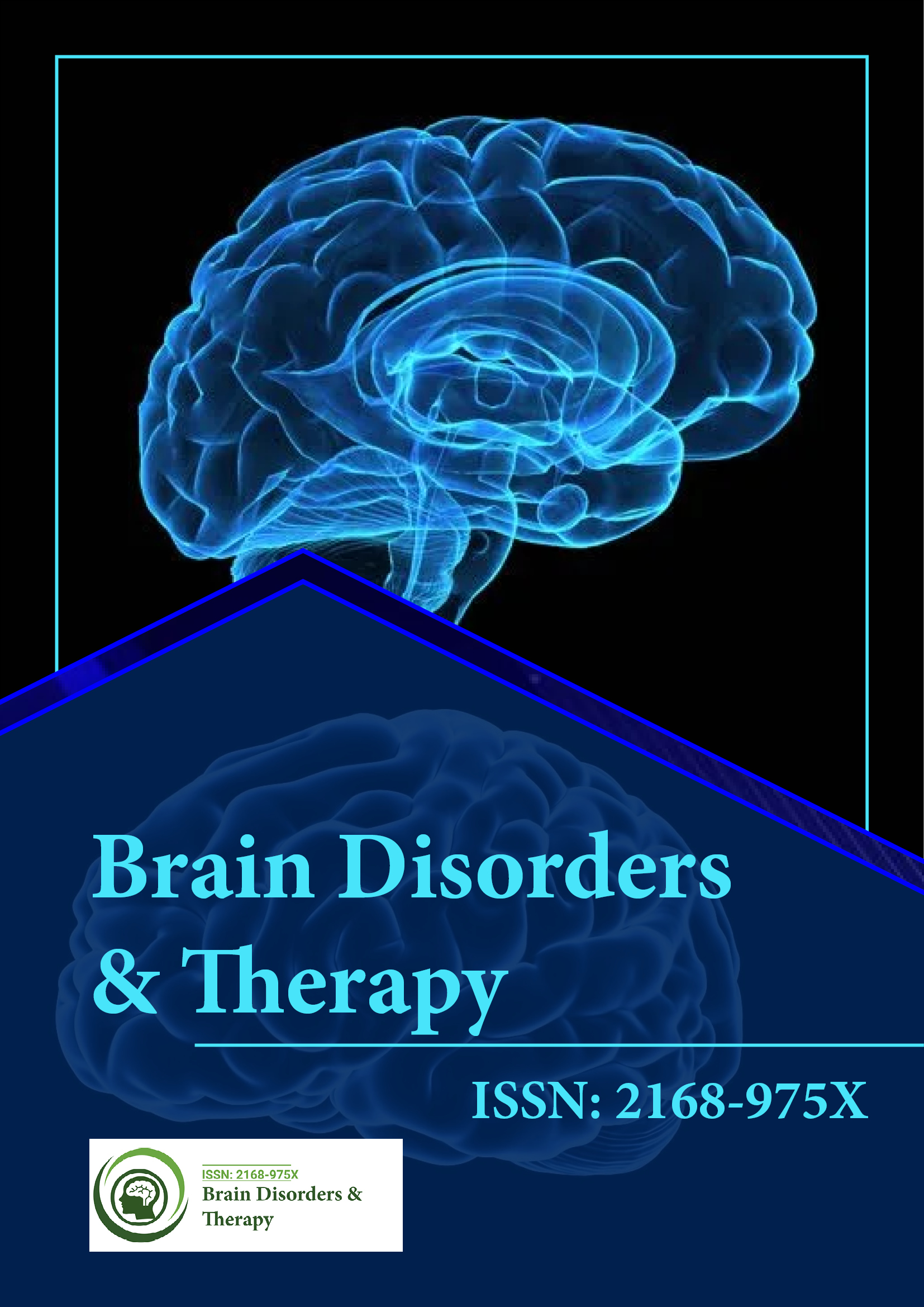Indexed In
- Open J Gate
- Genamics JournalSeek
- JournalTOCs
- RefSeek
- Hamdard University
- EBSCO A-Z
- OCLC- WorldCat
- Publons
- Geneva Foundation for Medical Education and Research
Useful Links
Share This Page
Journal Flyer

Open Access Journals
- Agri and Aquaculture
- Biochemistry
- Bioinformatics & Systems Biology
- Business & Management
- Chemistry
- Clinical Sciences
- Engineering
- Food & Nutrition
- General Science
- Genetics & Molecular Biology
- Immunology & Microbiology
- Medical Sciences
- Neuroscience & Psychology
- Nursing & Health Care
- Pharmaceutical Sciences
Perspective - (2024) Volume 13, Issue 4
Whole-Brain Mapping of Locomotor Dynamics in Drosophila
Feng Druckmann*Received: 22-Nov-2024, Manuscript No. BDT-24-27656; Editor assigned: 25-Nov-2024, Pre QC No. BDT-24-27656(PQ); Reviewed: 09-Dec-2024, QC No. BDT-24-27656; Revised: 16-Dec-2024, Manuscript No. BDT-24-27656(R); Published: 23-Dec-2024, DOI: 10.35248/2168-975X.24.13.283
Description
Understanding the neural mechanisms that govern locomotion has been a longstanding question in neuroscience. Locomotion, a fundamental behavior essential for survival, involves the coordination of sensory inputs, motor outputs and higher-order neural computations. While much progress has been made in understanding locomotion in vertebrates, studying simpler organisms like Drosophila melanogaster (fruit flies) offers unique advantages. The relatively small and well-mapped brain of Drosophila, combined with advanced genetic tools, makes it an ideal model for investigating the neural circuits underlying locomotion. Recent advances in whole-brain imaging, electrophysiology and connectomics have allowed researchers to map the neural dynamics of locomotion across the Drosophila brain, offering insights into how sensory and motor systems integrate to produce coordinated movement.
The study of locomotion in Drosophila provides a powerful framework for understanding how brains translate neural activity into behavior. Despite their simplicity, fruit flies exhibit complex locomotor behaviors, including walking, flying and navigating their environment. These behaviors depend on sensory cues, such as visual, olfactory and mechanosensory inputs, which are integrated in the brain to produce appropriate motor responses.
The Drosophila brain contains approximately 135,000 neurons, significantly fewer than the billions in mammalian brains. This smaller scale, combined with extensive knowledge of its connectome, allows researchers to map neural circuits with unparalleled precision. Additionally, genetic tools enable targeted manipulation of specific neurons or neural circuits, allowing researchers to test hypotheses about their roles in locomotion.
Locomotion in Drosophila is controlled by a network of interconnected circuits distributed across the brain and Ventral Nerve Cord (VNC). The VNC, analogous to the spinal cord in vertebrates, houses motor neurons and local circuits that directly control muscle activity. These circuits receive input from descending neurons in the brain, which relay sensory information and modulate locomotor patterns.
Recent studies have identified specific neural circuits in the brain that influence locomotion. For example, the Central Complex (CC), a region located in the central brain, plays a essential role in spatial navigation and motor control. The CC integrates sensory information to guide movement and adjust locomotor patterns based on environmental cues. Another important region is the mushroom body, traditionally associated with learning and memory but increasingly recognized for its role in modulating locomotion. Neural dynamics within the mushroom body are thought to influence how sensory information is processed and translated into motor commands.
One of the most exciting advances in studying locomotion is the application of whole-brain imaging techniques to Drosophila. Using techniques such as calcium imaging and light-sheet microscopy, researchers can now visualize neural activity across the entire brain in real time as flies move or respond to stimuli. These methods provide a comprehensive view of how different brain regions coordinate to produce locomotion.
Recent imaging studies have revealed that locomotion is associated with widespread neural activity across the Drosophila brain. For instance, neurons in the CC show distinct patterns of activity corresponding to changes in walking speed and direction. Similarly, sensory neurons in the optic lobe, which process visual information, exhibit dynamic activity that guides visually-driven behaviors like obstacle avoidance.
In addition to identifying active brain regions during locomotion, whole-brain imaging has uncovered the temporal dynamics of neural activity. Researchers have observed that neural signals propagate through the brain in a coordinated manner, with distinct sequences of activation that align with specific phases of movement. These findings suggest that locomotion emerges from the dynamic interplay of multiple neural circuits, rather than isolated activity in individual regions.
The ability to map and manipulate specific neurons has been greatly enhanced by Drosophila's genetic toolkit. Techniques such as optogenetics and thermogenetics allow researchers to activate or silence neurons with high temporal precision. Combined with whole-brain imaging, these tools make it possible to link specific neural populations to distinct aspects of locomotion, such as stride frequency or turning behavior.
For example, studies using optogenetics have shown that activating specific descending neurons in the brain can initiate walking or flying behaviors, while silencing these neurons disrupts movement. These experiments highlight the hierarchical organization of locomotor control, with descending neurons serving as key intermediaries between the brain and motor circuits in the VNC.
Another powerful approach is the use of neural tracing techniques, such as trans-Tango and GRASP, to map synaptic connections between neurons. These methods have revealed the connectivity patterns of locomotor circuits, providing a structural framework for understanding how neural signals flow through the brain.
Mapping the neural dynamics of locomotion in Drosophila has provided several key insights into how the brain orchestrates movement. One important finding is that locomotion is not solely driven by sensory inputs; it also involves intrinsic neural activity that generates rhythmic patterns. These patterns, known as Central Pattern Generators (CPGs), are located in the VNC and produce the basic rhythms of walking and flying.
In addition to CPGs, neural circuits in the brain modulate locomotion based on sensory feedback and internal states, such as hunger or arousal. For instance, hungry flies exhibit increased locomotor activity, a behavior mediated by dopaminergic neurons in the brain. These neurons integrate signals related to energy balance and reward, driving the fly to seek food. The role of sensory feedback in locomotion has also been illuminated by neural mapping studies. Visual and mechanosensory inputs are important for adjusting movement in response to environmental changes, such as avoiding obstacles or maintaining balance. By tracing the flow of sensory information through the brain, researchers have identified how different sensory modalities converge onto motor circuits to fine-tune locomotion.
Conclusion
Mapping the neural dynamics of locomotion across the Drosophila brain represents a significant step forward in neuroscience. By combining advanced imaging techniques, genetic tools and electrophysiology, researchers have resolved the complex neural circuits that enable coordinated movement. These findings not only deepen our understanding of locomotion in Drosophila but also provide a foundation for exploring movement in other species and developing innovative technologies. The integration of neural dynamics, connectomics and behavior in Drosophila continues to serve as a model for investigating the mysteries of the brain.
Citation: Druckmann F (2024). Whole-Brain Mapping of Locomotor Dynamics in Drosophila. Brain Disord Ther. 13:283.
Copyright: © 2024 Druckmann F. This is an open-access article distributed under the terms of the Creative Commons Attribution License, which permits unrestricted use, distribution, and reproduction in any medium, provided the original author and source are credited.


